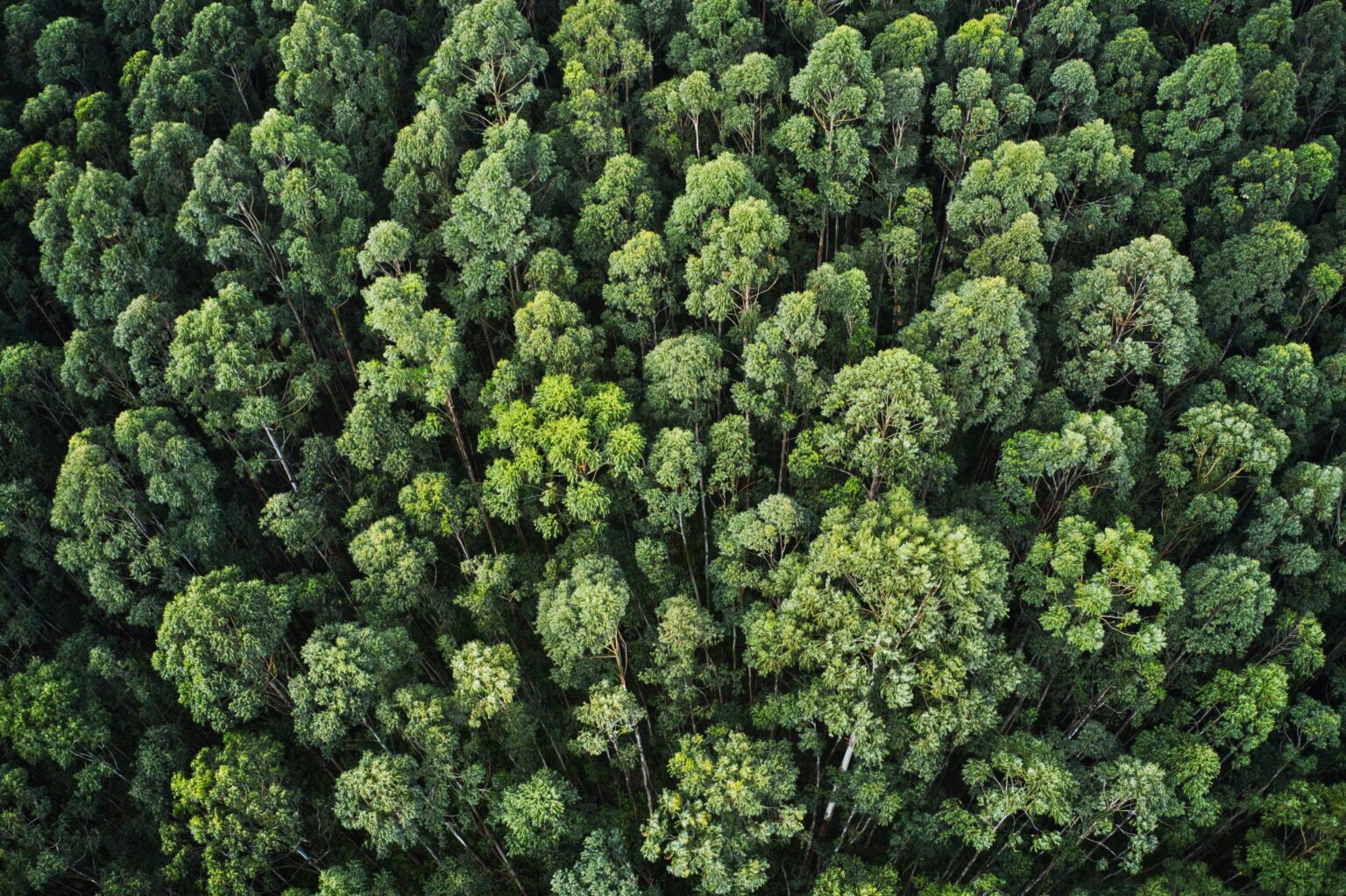After an interminable struggle, MEPs passed the Nature Restoration Law with 329 votes in favour and 275 against in February 2024, and the Council of the European Union gave the final go-ahead in June. The legislation entered into force on 16 August. The aim? To contribute to the restoration of terrestrial and marine ecosystems in the European Union (EU).
First, let us examine the concept of a ‘Nature Restoration Law’.
The European Commission’s proposal for a Nature Restoration Act is the first comprehensive law of its kind on a continental scale. It is a key element of the EU Biodiversity Strategy, which calls for binding targets to restore degraded ecosystems, in particular those with the greatest potential to capture and store carbon and to prevent and reduce the impact of natural disasters.
What is the Nature Restoration Law for?
Europe’s nature is in worrying decline, with more than 80% of habitats in poor condition. Restoring wetlands, rivers, forests, grasslands, marine ecosystems and the species they harbour will contribute to increasing biodiversity; protecting what nature has to offer; limiting global warming to 1.5° C; strengthening Europe’s resilience and strategic autonomy, preventing natural disasters and reducing risks to food security.
According to the LPN – League for the Protection of Nature, the Nature Restoration Law represents a historic opportunity to bring nature back to Europe. At a time when the continent is devastated by floods, droughts and fires, this law will help ensure a safer and healthier future for all.
Despite last-minute efforts by far right and conservative groups and disinformation from anti-nature groups to ‘sabotage’ the law, most MEPs stuck to the current democratic and legislative process, approving the three-way agreement they were part of during last year’s negotiations.
The #RestoreNature coalition, consisting of BirdLife Europe, ClientEarth, EEB and WWF EU, stresses that ‘the Nature Restoration Law has always been much more than a law to restore nature. It is a symbol that Europe can and will commit itself to fighting for the survival of our planet. We are relieved that MEPs have listened to the facts and the science and have not given in to populism and scaremongering.
The Nature Restoration Law thus aims to restore ecosystems, habitats and species in the EU’s land and sea areas in order to enable the long-term and sustained recovery of a biodiverse and resilient nature; to contribute to the achievement of the EU’s climate change mitigation and adaptation objectives and to meet international commitments.
According to the European Parliament, the Law combines an overall restoration target for the long-term recovery of nature in the EU’s terrestrial and marine areas with binding restoration targets for specific habitats and species. These measures should cover at least 20% of EU land and marine areas by 2030 and ultimately all ecosystems in need of restoration by 2050.
Learn about the specific objectives of the Nature Restoration Law:
● Objectives based on existing legislation (for wetlands, forests, grasslands, rivers and lakes, heathlands, rocky habitats and dunes) – enhance and restore biodiverse habitats on a large scale and recover species populations by improving and expanding their habitats;
● Pollinating insects – reverse the decline of pollinator populations by 2030 and achieve an upward trend in pollinator populations, with a methodology for regular monitoring of pollinators;
● Forest ecosystems – achieve an upward trend in standing and felled dead wood, uneven-aged forests, forest connectivity, abundance of common forest birds and organic carbon stocks;
● Urban ecosystems – no net loss of urban green space by 2030 and increase in total area covered by urban green space by 2040 and 2050;
● Agricultural ecosystems – increased numbers of butterflies and grassland birds, organic carbon stocks in mineral soils on agricultural land and the proportion of agricultural land with high diversity landscape features; Restoration of drained peatlands from agricultural use;
● Marine ecosystems – restoring marine habitats, such as seagrass meadows or sedimentary seabeds, which provide significant benefits, including for climate change mitigation, and restoring habitats for iconic marine species, such as dolphins and porpoises, sharks and seabirds;
● River connectivity: identify and remove barriers to surface water connectivity, so that at least 25,000 km of rivers are restored to free-flowing by 2030.
The Nature Restoration Law contributes to the implementation of the EU’s international climate and biodiversity commitments, in particular the agreement reached at the COP15 biodiversity summit in Montreal at the end of 2022. This law will now oblige countries to introduce measures to restore 30% of terrestrial and marine ecosystems by 2030, including specific targets such as the recovery of peatlands, powerful CO2 sinks. This is an essential piece of the European Green Pact jigsaw, given that more than 80% of European habitats are in a very poor state.
VÍDEOS
- EC AV PORTAL (europa.eu)
- A Europa precisa da Lei do Restauro da Natureza (youtube.com)
- União Europeia discute e vota esta semana a Lei de Restauro da Natureza (youtube.com)
LINKS
- https://www.consilium.europa.eu/pt/policies/nature-restoration/
- Restauro da natureza: Parlamento vota acordo alcançado com os países da UE | 26-02-2024 | Atualidade | Parlamento Europeu (europa.eu)
- Comissão Europeia aprova a sua proposta de Lei de Restauro da Natureza até 2050 – Wilder
- Lei do Restauro da Natureza: “Uma oportunidade histórica para recuperar a natureza na Europa” – Green Savers (sapo.pt)
- Ei-la!



